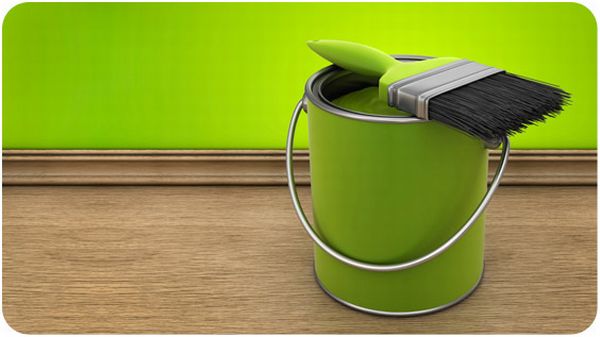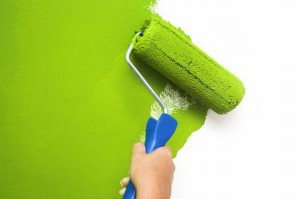These days one has to make decision regarding the type of colour to be used for painting one’s house. Some of the main paint brands present a low or zero volatile organic compounds (VOC). VOCs are the vapours arising from the products used in making paints which pollute both the indoor and outside environment during and after painting.
A manual to pollution-free paint
- Read product labels: The easiest rule in the low quantity of the VOC which means if the VOC is low, the healthier is the paint. Usually, low-VOC paint have around 50 g/L before colouring whereas a zero-VOC paint have around 5 g/L before colouring. This implies that even zero-VOC paints produce a trace of fumes, but this will be negligible amount as compared with normal paints.
- In case of any doubt confirm VOC with the producer: Generally, every paint manufacturing company don’t describe the VOC levels in the colorants added in the paints at the stores. This also increases VOC.
- Prefer latex, not alkyd: nearly all oil based paints contain more VOCs as compared to the water based latex paints. If you are going to purchase an oil-based paint, you must only look for those brands which confirm to the lower VOC levels in the paint.
- Choose even over glossy paint: The smoother the shine of the paint, the lower will be the VOC level of the paint.
- Always prefer light colour shades over dark colour shades: you must always prefer light shades of colour over the bright colours. Because if the shade of colour will be light, lesser amount of colouring will be required and the VOC level will also be very low.
Painting tips to be Eco-friendly
It may be possible that you don’t want a forest-green painted home, but keeping the surroundings in mind while painting your home is not a bad idea.
- Dispose safely. One should never drain the thinners or the solvents in the hosepipes. Instead these things must be kept in tight containers.
- Reuse. Paint thinner can be reused easily. As the time passes, the paint mud patch up on the base of the paint tin. One should transfer the immaculate the solvent off the top before use. The unused thinner can be given to local furnishing houses or paint suppliers.
- Dispose the paint cans: paint tins with a very little amount of paint left can be trashed after drying out the left over paint.






